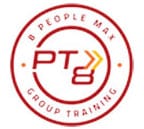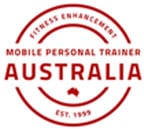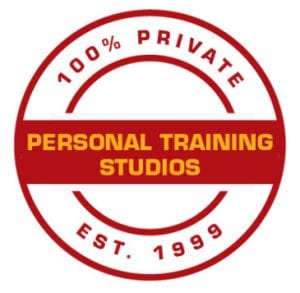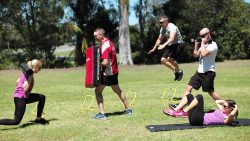 Can we cater to a large group?
Can we cater to a large group?
Many corporations have a wide variety of staff, ranging from completely sedentary to extremely fit and active. There may be people in the group dealing with chronic conditions or injuries, placing limitations on what exercises can and cannot be completed. Individuals worry that they are too unfit and will not be able to keep up with the group, others worry they will not get any benefits because they have a high level of fitness already, and still others may be concerned that they cannot train due to injuries. Rest assured our experienced and knowledgeable Trainers are well equipped to handle groups of varied ability and limitations, and with just a few pieces of equipment we can ensure every person on the team completes enough exercise to challenge themselves, but not go beyond their boundaries.
How do we do this?
Before beginning exercise all participants will read over and complete a medical history form, outlining any current issues, injuries and limitations, as well as indicating their current fitness level. We take the time to understand the varied requirements of the individuals so we can plan accordingly. Based on these requirements we can adapt each exercise to each individual in the group. We know hundreds of variations of exercises that can be done with very little equipment.
For example, a basic exercise like a squat can be modified and advanced to a variety of levels:
- Level 1 – Sit to stand using a chair or bench
- Level 2 – Fit ball squats against a wall
- Level 3 – Bodyweight squats
- Level 4 – Weighted squats
- Level 5 – Squat on a bosu
The same can be applied to a push up:
- Level 1 – Incline push up against a wall
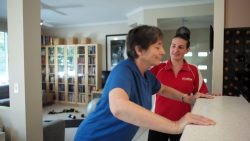
- Level 2 – Lower incline pushup on a chair or bench
- Level 3 – Floor push up on knees
- Level 4 – Floor pushup on toes
- Level 5 – Decline push up with feet up on step
Involving everyone
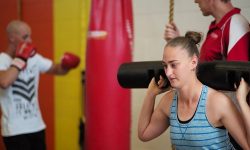 This same principle can be applied to accommodating injuries and chronic conditions. For example with a hypertensive client we would want to avoid overhead exercises that increase blood pressure like an overhead press, so an alternative exercise for shoulders like a lateral raise would be the substitute- still targeting shoulders but keeping arms below the head.
This same principle can be applied to accommodating injuries and chronic conditions. For example with a hypertensive client we would want to avoid overhead exercises that increase blood pressure like an overhead press, so an alternative exercise for shoulders like a lateral raise would be the substitute- still targeting shoulders but keeping arms below the head.
A client recovering from a knee injury will need to avoid high impact movements like running, so an low-impact alternative exercise that engages the same muscles such as marching on the spot will be substituted.
Using this method of providing each individual a tailored option to suit their needs for each movement, everyone is able to participate in the group without feeling as though they are missing out or slowing anyone down, and everyone is able to challenge their body in the way that is appropriate for them – not to hard, not too easy!

